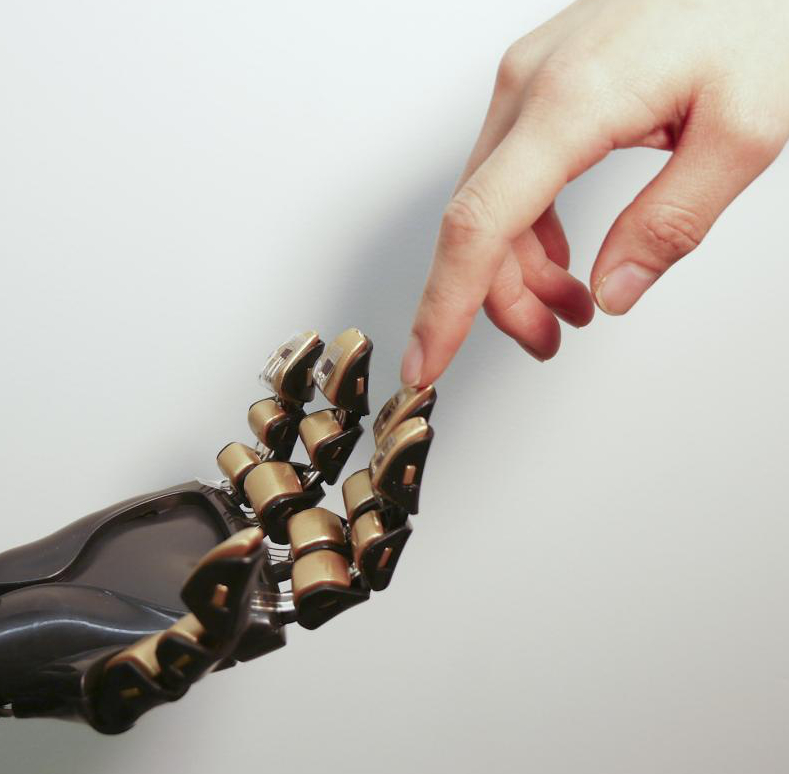Robo-fingers improved
 International researchers say they have successfully developed a human-like sense of touch for robots.
International researchers say they have successfully developed a human-like sense of touch for robots.
Machines can beat the world’s best chess player, but they cannot handle a chess piece as well as an infant.
This lack of robot dexterity is partly because artificial grippers lack the fine tactile sense of the human fingertip, which is used to guide human hands as they pick up and handle objects.
Researchers in the UK recently completed an in-depth comparison of an artificial fingertip with neural recordings of the human sense of touch.
“Our work helps uncover how the complex internal structure of human skin creates our human sense of touch,” says Professor Nathan Lepora from the University of Bristol.
“This is an exciting development in the field of soft robotics - being able to 3D-print tactile skin could create robots that are more dexterous or significantly improve the performance of prosthetic hands by giving them an in-built sense of touch.”
The team created the sense of touch in the artificial fingertip using a 3D-printed mesh of pin-like papillae on the underside of the compliant skin, which mimic the dermal papillae found between the outer epidermal and inner dermal layers of human tactile skin.
The papillae are made on advanced 3D-printers that can mix together soft and hard materials to create complicated structures like those found in biology.
“We found our 3D-printed tactile fingertip can produce artificial nerve signals that look like recordings from real, tactile neurons,” Prof Lepora says.
“Human tactile nerves transmit signals from various nerve endings called mechanoreceptors, which can signal the pressure and shape of a contact.
“Classic work by Phillips and Johnson in 1981 first plotted electrical recordings from these nerves to study ‘tactile spatial resolution’ using a set of standard ridged shapes used by psychologists.
“In our work, we tested our 3D-printed artificial fingertip as it ‘felt’ those same ridged shapes and discovered a startlingly close match to the neural data.
“For me, the most exciting moment was when we looked at our artificial nerve recordings from the 3D-printed fingertip and they looked like the real recordings from over 40 years ago!”
More details are accessible here.








 Print
Print